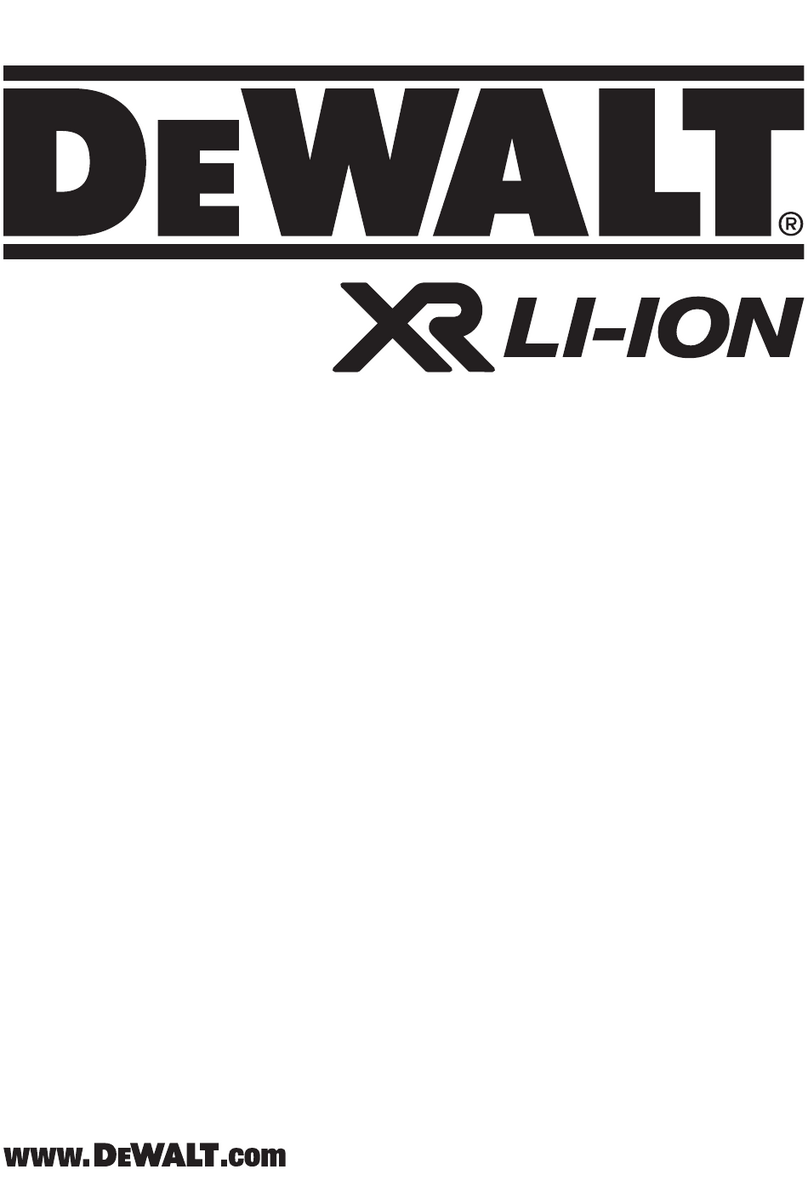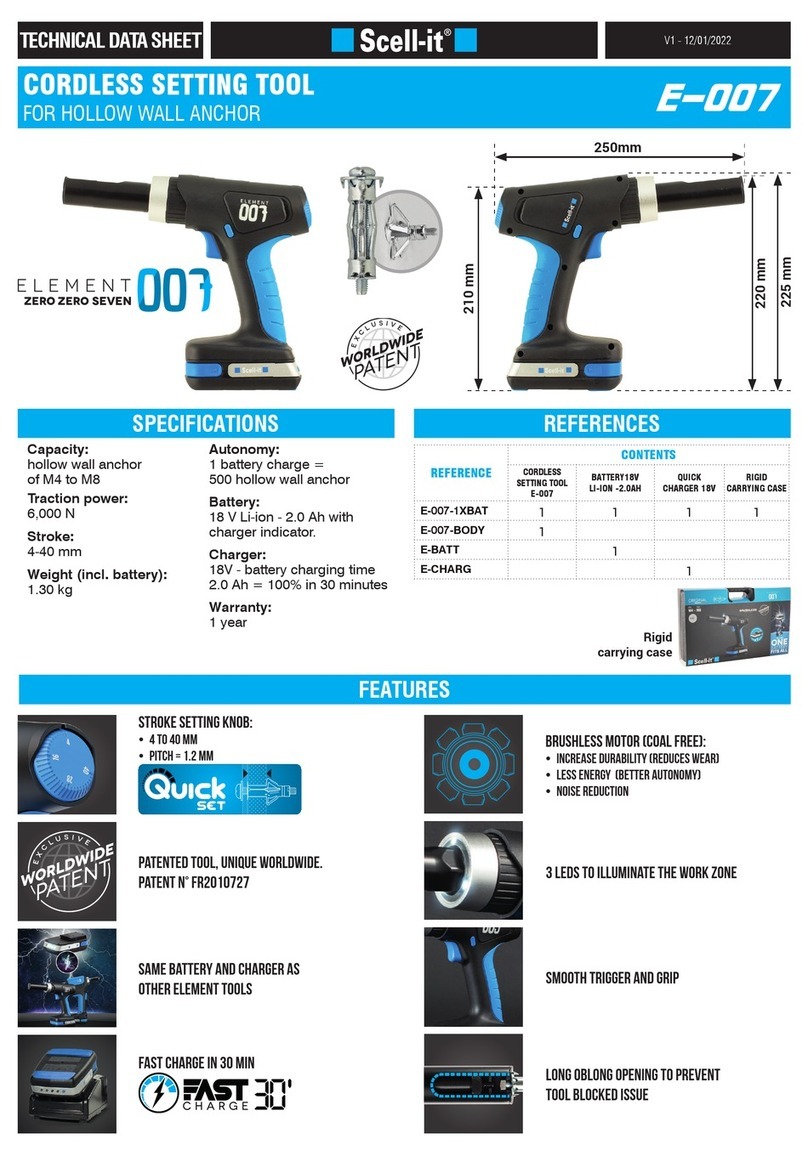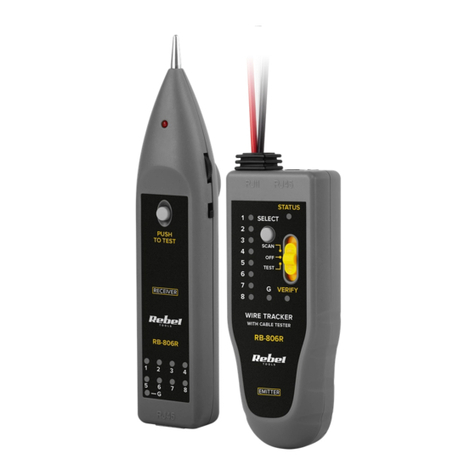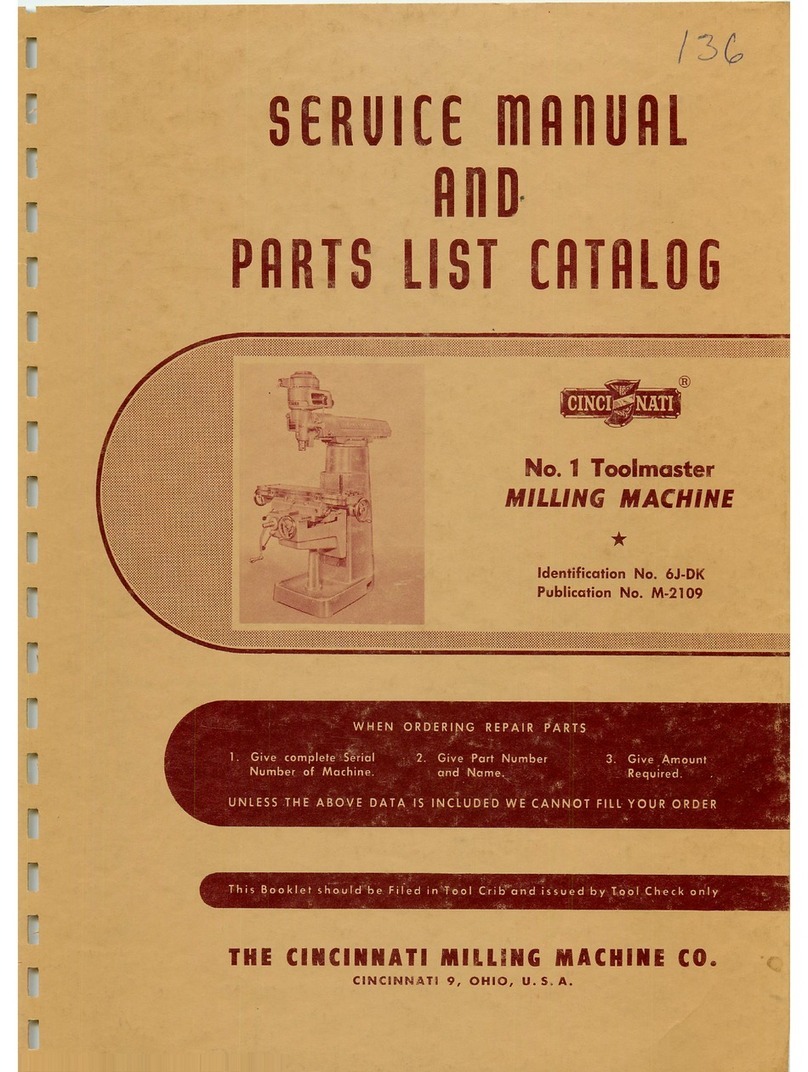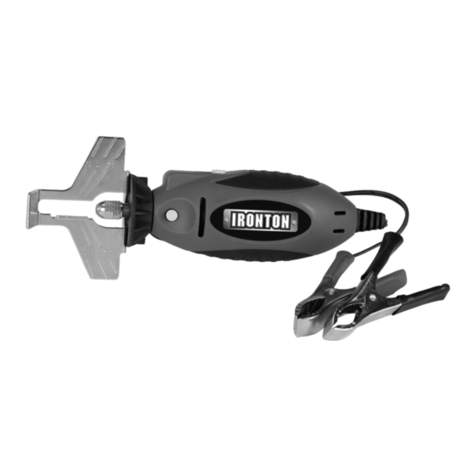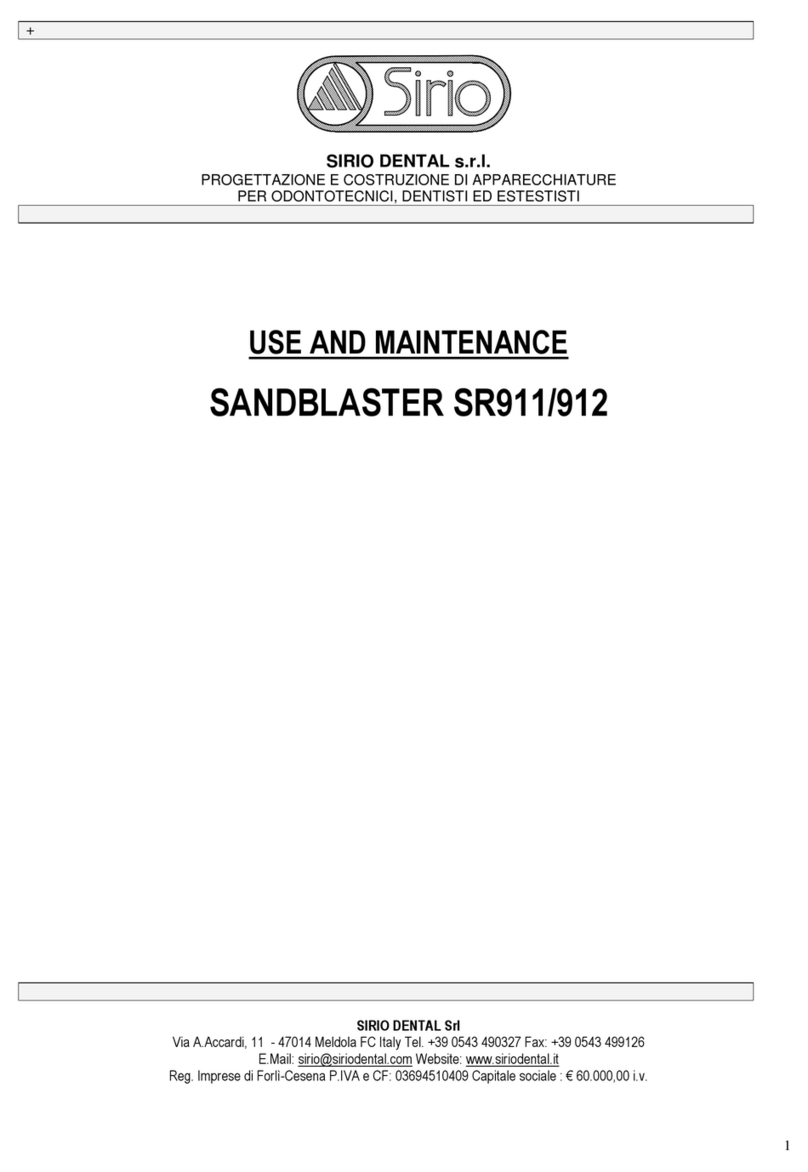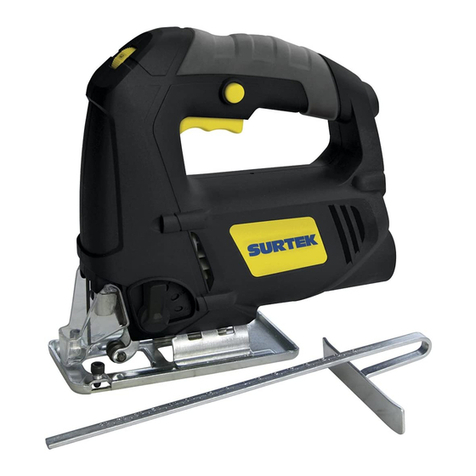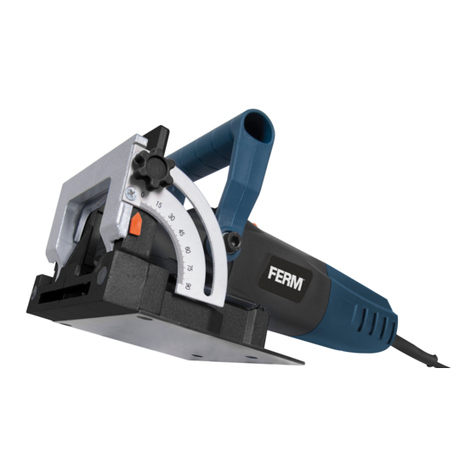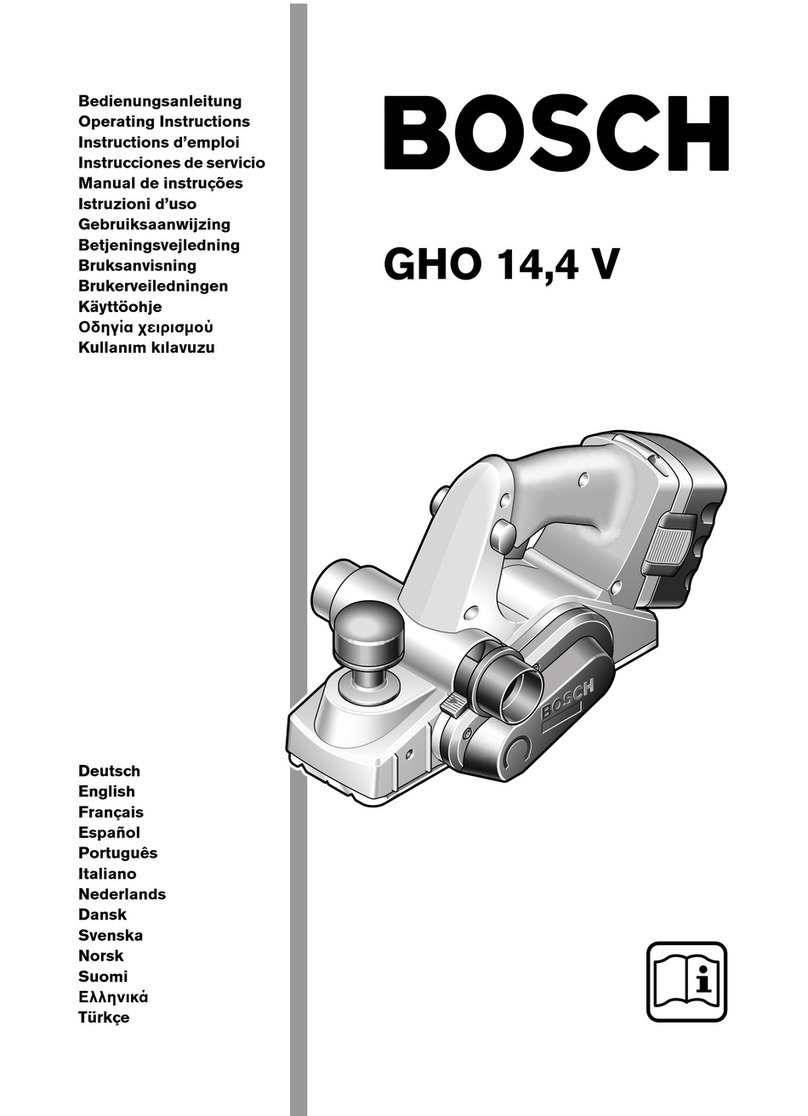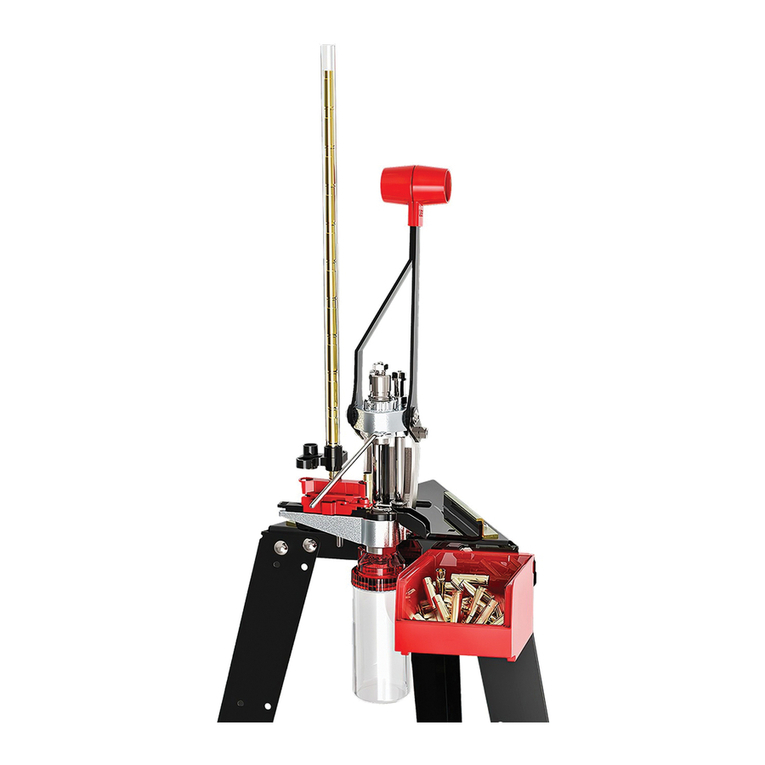KITO CB005 Instruction Manual

OM-M3MNGZ-CEE-00
OWNER'S (OPERATOR'S) MANUAL
AND SAFETY INSTRUCTIONS
FOR KITO MANUAL CHAIN HOIST
M3SERIES
ALWAYS SAVE THIS BOOK FOR FUTURE
REFERENCE.
Original Instruction
Issued January2010. Revised July, 2016 (revision 4)

CONTENTS
1. DEFINITIONS................................................................................................................................................. 1
2. INTENDED PURPOSE .................................................................................................................................. 1
3. MOUNTING.................................................................................................................................................... 1
4. BEFORE USE.................................................................................................................................................. 2
4.1 Safety summary ........................................................................................................................................ 2
4.2 Safety instructions..................................................................................................................................... 2
5. MAIN SPECIFICATIONS............................................................................................................................. 5
6. OPERATION................................................................................................................................................... 7
6.1 Intended purpose of hoist operation.......................................................................................................... 7
6.2 Safety working environment..................................................................................................................... 7
6.3 Operation .................................................................................................................................................. 7
6.4 Hoist storage............................................................................................................................................. 7
6.5 Optional overload limiter.......................................................................................................................... 8
7. INSPECTION.................................................................................................................................................. 9
7.1 Outline ...................................................................................................................................................... 9
7.2 Daily inspection........................................................................................................................................ 9
7.3 Periodic inspection.................................................................................................................................. 10
8. MAINTENANCE AND STARGE................................................................................................................ 15
8.1 Lubrication.............................................................................................................................................. 15
8.2 Overhaul, assembly and adjustment........................................................................................................ 16
9. TROUBLESHOOTING................................................................................................................................ 25
10. WARRANTY................................................................................................................................................. 26
11. PARTS LIST.................................................................................................................................................. 27
12. CONTENTS OF EC DECLARATION OF CONFORMITY............................................................... 33

—1 —
1. DEFINITIONS
:Indicates a potentially hazardous situation which, if not avoided, could result
in death or serious injury.
: Indicates a potentially hazardous situation which, if not avoided, may result in
minor or moderate injury. It may also be used to alert against unsafe practices.
WLL: Indicates maximum mass (working load limit) which a hoist is designed to support in
general service.
2. INTENDED PURPOSE
This hoist has been designed for vertically lifting and lowering loads, by hand, under normal atmospheric
conditions of the work place.
3. MOUNTING
Before mounting the hoist, fill in the following table with the opening dimension “c”between embossed marks
on the top and bottom hook as records preparing for periodic inspection.
ALWAYS Avoid the following when mounting the chain hoist.
Failure to comply with these instructions may result in death or severe injury.
- Ensure that only trained or competent persons install the chain hoist.
- Do not install the chain hoist within the range of movement of other devices (equipment), such as a
trolley.
ALWAYS Comply with the following instructions when installing the chain hoist.
Failure to comply with these instructions may result in death or severe injury.
- The safety factor of the manual chain hoist is 4:1. The hoist may lift and hold a load more than the
rated load check that the structure for mounting the chain hoist has sufficient strength.
- Fix the Top Hook to the structure securely.
- Before using the chain hoist with a trolley, read the Instruction Manual of the trolley carefully and
install it by adjusting the rail width.
- Install a stopper at both ends of the traversing rail for the trolley.
ALWAYS Comply with the following instructions when installing the chain hoist.
Failure to comply with these instructions may result in injury or damage to property.
- Install the chain hoist at appropriate place avoiding obstacles.
- Install the Load Chain with sufficient length for lifting work.
WARNING
CAUTION
WARNING
CAUTION
Dimension c
Top hook
(if applicable)
mm
Bottom hook
mm

—2 —
4. BEFORE USE
4.1 Safety summary
Danger exists when heavy loads are transported, particularly when the equipment is not being used properly or
is poorly maintained. Because accidents and serious injury could result, special safety precautions apply to the
operation, maintenance and inspection of the KITO manual chain hoist M3 series.
NEVER use a hoist for lifting, supporting or transporting people.
NEVER lift or transport loads over or near people.
NEVER lift more than WLL which is shown on the name plate.
ALWAYS let people around you know when a lift is about to begin.
ALWAYS read the operation and safety instructions.
Remember proper rigging and lifting techniques are the responsibility of the operator.
Check all applicable safety codes, regulations and other applicable laws for further
information about the safe use of your hoist.
More detailed safety information is contained in the following pages. For
additional information, please contact KITO Corporation or your authorized KITO
dealer.
4.2 Safety instructions
4.2.1 Before use
ALWAYS be sure to wear the proper clothing and personal protective equipment when using and operating the
product.
ALWAYS allow the instructed (trained in safety and operation) people to operate the hoist.
ALWAYS check the hoist before daily use according to the “Daily inspection” (Refer to 7.2).
ALWAYS make sure that the chain length is long enough for the intended job.
WARNING
WARNING
OVER LOAD

—3 —
ALWAYS check that the hook latches work properly and replace missing or broken hook
latches (Refer to 7.3).
ALWAYS check the brake (Refer to 7.3).
ALWAYS oil the load chain regularly (Refer to 8.1.2).
ALWAYS use two hoists which each has WLL equal to or more than the load to be lifted
whenever you must use two hoists to lift a load. This will provide adequate
protection in the event that a sudden load shift or failure of one hoist occurs.
NEVER use a hoist without a hoist name plate.
NEVER use modified or deformed hooks.
NEVER use non-authentic KITO chains on the hoist.
4.2.2 While operation
ALWAYS make sure that the load is properly seated in the hook.
ALWAYS tighten the slack out of the chain and sling when starting a lift to prevent a sudden
loading.
ALWAYS when any abnormality is observed during the operation, stop the operation
immediately, indicate “FAILURE” and contact with the maintenance engineers.
ALWAYS when inspecting and repairing, be sure to indicate “INSPECTION” and carry out
without lifting a load.
NEVER operate a hoist unless the load is centered under the hoist.
NEVER use the hoist chain as a sling.
NEVER use a twisted, kinked, damaged or stretched load chain.
NEVER swing a suspended load.
NEVER support a load on the tip of the hook.
NEVER contact the lad chain over an edge.
NEVER weld or cut a load suspended by a hoist.
NEVER use the hoist chain as a welding electrode.
NEVER operate a hoist so far that the bottom hook touches the hoist body.
NEVER operate a hoist so far that the load chain pulls the anchorage.
NEVER operate a hoist if excessive noise occurs.
NEVER use a capsized load chain.
4.2.3 After operation
ALWAYS set the load down safely after carrying.

—4 —
NEVER suspend a load for an extended period of time.
NEVER leave a suspended load unattended.
NEVER throw a hoist.
4.2.4 Maintenance
ALWAYS let the qualified service personnel inspect the hoist periodically (Refer to 7.3).
NEVER splice, add and weld a load chain for extension.
4.2.5 Others
ALWAYS consult the manufacturer or your dealer if you plan to use a hoist in an excessively
corrosive environment (saltwater, sea air and/or acid, explosive environment or
other corrosive compounds, etc.).
NEVER use a hoist which has been taken out of service until the hoist has been properly
repaired or replaced.
NEVER remove or obscure the warning tags and labels.
Warning tags are installed on the hand chain.

—5 —
5. MAIN SPECIFICATIONS
0.5 to 2 t
3 to 5 t
7.5 t
10 t
20 t

—6 —
Specifications
Code
WLL
(t)
Std. lift
(m)
Chain pull
to lift
full load
(N)
Hand chain
length for 1m
lifting* (m)
Test load
(t)
Net
weight
(kg)
Load chain
dia. (mm) x
pitch (mm)
Load
chain
fall (lines)
Weight for
additional
one meter of
lift
(kg)
CB005
0.5
2.5
240
25
0.75
10
5.0 x 15.1
1
1.5
CB010
1
2.5
290
43
1.5
11.5
6.3 x 19.1
1
1.8
CB015
1.5
2.5
350
57
2.36
14.5
7.1 x 21.2
1
2.1
CB020
2
3.0
360
70
3
20
8.0 x 24.2
1
2.3
CB030
3
3.0
360
114
4.75
24
7.1 x 21.2
2
3.2
CB050
5
3.0
340
198
7.5
41
9.0 x 27.2
2
4.4
CB075
7.5
3.5
350
297
11.25
63
9.0 x 27.2
3
6.2
CB100
10
3.5
360
396
15
83
9.0 x 27.2
4
7.9
CB150
15
3.5
370
594
22.5
155
9.0 x 27.2
6
11.4
CB200
20
3.5
360 x 2
396 x 2
30
235
9.0 x 27.2
8
15.8
Remark: Any lift of chain is available on request.
*Length of the hand chain necessary to lift a load 1m.
This device was tested according to the required static and dynamic load test provided on the European standard EN13157.
Dimensions
Code
WLL
(t)
Min. distance
between hooks
C (mm)
a
(mm)
b
(mm)
d
(mm)
e
(mm)
f
(mm)
g
(mm)
h
(mm)
k
(mm)
ℓ
(mm)
m
(mm)
n
(mm)
p
(mm)
CB005
0.5
285
158
161
2.5
69
99
27
35.5
12.1
17
77
35
89
CB010
1
295
162
161
2.5
71
99
29
42.5
16
21.8
93
11
101
CB015
1.5
350
171
182
2.5
78
112
34
47.5
19.5
26.5
106
47
119
CB020
2
375
182
202
3
87
125
36
50
21.8
30
116
49
124
CB030
3
510
171
235
3.1
78
162
42.5
56
27.2
37.5
138
57
148
CB050
5
600
192
282
3.6
91
194
46.5
63
34.5
47.5
161
67.5
172
CB075
7.5
770
192
373
4.2
91
253
72.5
85
47.5
63
231
97.5
275
CB100
10
760
192
438
4.2
111
308
72.5
85
47.5
63
231
97.5
295
CB150
15
1020
268
492
4.7
119
337
80
100
60
80
275
110
320
CB200
20
1180
374
746
4.8
187
373
81
110
67
90
301
125
351
Allowable ambient conditions:
Operation temperature: -40C to +60C
Operation humidity: 100%
Non-asbestos material:
Friction plates are made of asbestos free material.

—7 —
6. OPERATION
6.1 Intended purpose of hoist operation
This hoist has beendesigned for vertically lifting and lowering loads, byhand, under normal atmospheric conditions
of the work place.
However, since dealing with heavy loads may involve unexpected danger, all the “Safety instructions” (Refer to
4.2) must be followed.
6.2 Safety working environment
The operator must be aware of the following points while using the hoist.
(1) The operator must have a clear and unobstructed view of the entire travel area before operating the hoist. When
not possible, a second or more persons must serve as scouts in the nearby area.
(2) The operator must check if the entire travel area is safe and secure before operating the hoist.
6.3 Operation
Always take care hand or clothes not to be caught in a chain, idle sheave
or other moving parts.
(1) Face the hand chain wheel side of the hoist.
(2) To raise the load, pull hand chain clockwise.
(3) To lower the load, pull hand chain counterclockwise.
(4) There are risks of overheating of the breaking system during
prolonged lowering of loads. If you are considering the use under
such condition, consult KITO.
Remark: The clicking sound of the pawl when a load is being raised
indicates normal operation.
6.4 Hoist storage
Observe the following points when storing the hoist.
ALWAYS store the hoist in no load condition.
ALWAYS wipe off all dirt and water.
ALWAYS oil the chain, top pin, chain pin and hook latches.
ALWAYS hang in a dry place.
ALWAYS check the hoist for abnormalities when using the hoist after a period of non-use
according to the periodic inspection procedures (Refer to 7.3).
Hand wheel
[40]
Hand chain
[48]
Counterclockwise
Clockwise
Fig. 5-1 Hand wheel rotation
WARNING
WARNING
CAUTION
CAUTION

—8 —
6.5 Optional overload limiter
NEVER disassemble or attempt to adjust the overload limiter assembly. Any attempt to do so will void the
warranty. Contact your KITO dealer, if service is required.
The overload limiter device has been developed to avoid overloading. When an applied load exceeds the preset
value, the handchain wheel rotates idly. The device is a friction clutch mechanism which is concentrically equipped
on pinion shaft between hand chain wheel and mechanical brake.
Fig. 5-2 Overload limiter
Note:
When the overload limiter operates, the maximum load to the product is approximately 1.8 times of the rated
load.
If the overload limiter operates, reduce the load to less than the rated load.
Also check that the structure for mounting the chain hoist (including a trolley) has no damage.
Pawl
Friction disc
Pinion
Friction plate
Ratchet disc
Spring disc
Washer
Adjust nut
Female thread
Slotted nut
Wheel roller
Spring disc seat
Hand wheel
Clutch plate
WARNING

—9 —
7. INSPECTION
7.1 Outline
There are two types of inspection, the daily inspection performed by the operator before using the hoist, and
the more thorough periodic inspection performed by qualified service personnel who have the authority to
remove the hoist from service.
7.2 Daily inspection
Before each work shift, check the following points:
Item
Inspection method
Discard limit/criteria
Remedy
1. Name plate
Check visually.
Every description should be clear and
visible.
Replace the name plate.
2. Hook latches
(Top/bottom)
Check visually.
The top and bottom hook latches shall be
in proper condition.
Replace the latch or hook.
3. Hook
Check visually.
The openings of the top and bottom
hooks shall not be apparently too wide.
Replace the hook.
Check visually.
No wear, deformation or damage.
Replace the hook.
Turn the swivels by
hand.
The swivels should rotate freely.
Replace the hook.
4. Load chain
Check visually.
No twisting.
Replace the deformed chain.
Check visually.
No excessive rust or corrosion.
Replace the load chain.
5. Brake
Facing the hand chain
side, operate the hoist
with no load.
The pawl should emit a clear clicking
sound while lifting.
Repair if impure noise or no
sound.
6. Sound
Listen to the noises.
There should be no irregular noises from
hand chain, load chain or gears.
Replace the noisy parts.
7. Miscellaneous
Check visually.
No missing nuts and/or split pins.
Replace the parts.

—10 —
7.3 Periodic inspection
Periodic inspection shall be made at the interval shown below and should follow the given procedures.
NORMAL (Normal use): Annual inspection
HEAVY (Frequent use): Semiannual inspection
SEVERE (Excessively frequent use): Quarterly inspection
Figures in parentheses are Fig. No. in “PARTS LIST”. (Refer to page 27 to 32.)
Item
Inspection method
Discard limit/criteria
Remedy
Indications
Check visually.
WLL indication is clear.
Attach the name plate.
Hook [1, 6, 55, 78]
(Top and bottom)
1. Deformation/
twist of hook
opening
Measure dimension “c”
at time of purchase with
slide calipers.
No deformation comparing with original
shape (at time of purchase).
Replace the hook.
Check visually.
Twist shall not be large enough to detect
visually.
Replace the hook.
2. Wear
Measure “a” and “b”
with slide calipers.
NEVER use the hook if dimension “a” or
“b” becomes less than 90% of normal.
Replace the hook.
3. Hook damage
Check visually.
No great damage permitted such as bend,
deep scratch and torsion, etc.
Replace the hook.
4. Hook movement
Swivel hook.
Shall swivel smoothly.
Replace the hook.
WLL
(t)
a (mm)
b (mm)
Normal
Discard
Normal
Discard
0.5
17.0
15.3
12.1
10.9
1
21.8
19.6
16.0
14.4
1.5
26.5
23.9
19.5
17.6
2
30.0
27.0
21.8
19.6
3
37.5
33.8
27.2
24.5
5
47.5
42.8
34.5
31.1
7.5
63.0
56.7
47.5
42.8
10
63.0
56.7
47.5
42.8
15
80.0
72.0
50.0
45.0
20
90.0
81.0
56.0
50.4

—11 —
Item
Inspection method
Discard limit/criteria
Remedy
5. Top/bottom fixture
damage
[Fittings of 1, 6, 55,
78]
Check visually.
No slack or missing rivets, nuts or bolts.
Replace the hook.
6. Idle sheave rotation
[57, 81]
Hold the load chain with
both hands and turn the
idle sheave by moving the
chain up and down.
Stiff rotation.
Replace.
7. Hook latch
[2, 7, 56, 80]
Check visually.
Proper positioning and smooth working.
Replace the hook latch or
hook.
Load chain [47, 110]
1. Wear
Measure with slide
calipers.
Measure the sum of pitches of five chain
links and check that the maximum
length does not exceed value shown in
table below.
Replace the chain.
2. Rust, flaw,
deformation
Check visually.
No obvious rust (Apply oil as
necessary).
Remove rust.
Check visually.
No twist or harmful flaw.
Replace the load chain.
Hook yoke
(Top set [1,54] )
(Bottom set [6, 77] )
Joint of top/bottom
fixtures with top pin [4]
and chain pin [8, 106]
Measure hole diameter of
joint area in two directions
at right angle.
Deformation not permitted (if each
measured value differs more than
0.5mm).
Replace the part.
One
pitch
Sum of pitches of five
links
WLL
(t)
Sum of pitches of five
links (mm)
Discard limit
(mm)
0.5
75.5
77.7
1
95.5
98.3
1.5, 3
106.0
109.1
2
121.0
124.6
5, 7.5, 10,
15, 20
136.0
140.0

—12 —
Item
Inspection method
Discard limit/criteria
Remedy
Function
1. Lifting and lowering
Lift and lower a light
load.
No abnormal difficulty in lifting or
lowering.
Overhaul and service.
2. Brake
Lift and lower a light
load.
Confirm that none of the problems listed
below occur during lifting and lowering:
(1) Lifting impossible.
(2) Load falls when the operator removes
his hands.
(3) Load falls during unwinding.
(4) Load slips down slowly.
Overhaul and service.
Brake
(Inside mechanism)
Overhaul and check.
1. Flaw on brake surface
[37, 38, 39]
Check visually.
No flaw due to scratching or gouging by
foreign matter.
Replace the part.
2. Flaw on friction disc
[36]
Check visually.
No flaw due to scratching or gouging by
foreign matter.
Replace the part.
3. Wear on friction plate
[37]
Measure with slide
calipers.
Retain uniform thickness and friction
plates shall not be worn more than 0.5
mm.
For all types:
Normal thickness: 3 mm
Discard limit: 2.5 mm
Replace the part.
Side plate A (11)
Pawl spring (33)
Pawl (34)
Snap ring (35)
Hand wheel (40)
Washer (115)
Wheel stopper (41)
Split pin (43)
Friction disc (36)
Friction plate (37)
Ratchet disc (38)
Bushing (39)
(37)
Wheel stopper pin (42)
(33)
(35)
(34)

—13 —
Item
Inspection method
Discard limit / criteria
Remedy
4. Flatness of friction
plate [37]
Check clearance with
straight gauge.
Clearance shall be uniform.
Internal part shall not be thicker than
external part.
Replace the part.
5. Wear and oil of
bushing [39]
Check radial thickness
(t) with slide calipers and
oil existence.
Radial thickness (t) shall be uniform. Oil
shall be contained. Refer to table below.
Replace the part.
Bushing (39)
t: Radial thickness
6. Wear and rust of
ratchet disc [38]
Check visually.
The tooth wear shall not be more than 1.5
mm.
Replace the part.
Check visually.
No rust
Replace the part.
Lifting system
1. Wear and deformation
of load sheave [14]
Check visually.
No large wear, no deformation or no burr
due to load chain contact is permitted on
the surface of load chain pocket.
Replace the part.
2. Wear and flaw of gear
[25, 27]
Check visually.
Teeth shall be free from large wear flaw.
Replace the part.
Friction plate (37)
(Discard condition)
Internal
External
Load chain pocket
Load sheave (14)
Gear #2 (27)
Ball bearing (28)
Snap ring (26)
Load gear (25)
WLL
(t)
Normal thickness: t
(mm)
Discard limit (mm)
0.5, 1, 1.5, 3
3
2
2, 2.5, 5, 7.5,
10, 15, 20
4
3

—14 —
Item
Inspection method
Discard limit/criteria
Remedy
3. Wear and deformation
of hand wheel [40]
Check visually.
No large wear or no deformation on the
surface of hand chain pocket
Replace the part.
Check visually.
Turn and check if it touches the cover.
Replace the part.
Side plate [11, 13]
1. Deformation of top pin
hole
Check visually.
Hole shall not be oval.
Replace the part.
2. Slack stay bolt restraint
Check by hand.
No slack is permitted.
Replace the side plate.
Miscellaneous
1. Deformation of
stripper [21]
Check visually.
No large crush or damage on stripper tip
is permitted.
Replace the part.
2. Flaw on guide roller
[20]
Check visually.
Shall turn lightly.
Replace the part.
Check visually.
No large deformation.
Replace the part.

—15 —
8. MAINTENANCE and storage
(1) NEVER perform maintenance on the hoist while it is supporting a load.
(2) Before performing maintenance, attach the tag.
[“DANGER”: NEVER OPERATE EQUIPMENT BEING REPAIRED.]
(3) Only allow qualified service personnel to perform maintenance.
(4) After performing any maintenance on the hoist, ALWAYS test to WLL before returning to service.
(5) When replacing a part, be sure to use the genuine part for “KITO chain hoist model M3CB”.
ALWAYS indicate “CHECKING” when performing the inspection.
ALWAYS wear protection equipment such as protection goggles and gloves depending on the work contents.
ALWAYS pay attention to work method, work procedure and work posture.
ALWAYS remove the oil or grease attached to the product or spilt on the floor.
ALWAYS keep the work area clean when disassembling the product.
ALWAYS take care hand or clothes not to be caught in a chain, idle sheave or other moving parts.
Care
- Do not drag or throw the chain hoist when carrying.
- Never apply oil to the braking part such as braking surface of friction plate.
- Wipe off dust and moisture, and apply oil to the neck of hook and the load chain.
Storage
- When not in use, ensure that it does not encumber other works.
- Store the hoist in an appropriate dry area indoors, taking care of the weight and size.
- When installing outdoors, cover the hoist to avoid exposure to rain or store in a place with covering against rain.
- Before storing the hoist, pull the hand chain by about 10cm to lower the hook and ensure that the brake is released.
8.1 Lubrication
8.1.1 Applying grease to gears
Unscrew nuts (31), on the opposite side of hand chain wheel, and remove spring washers (32) and gear case
(29). Remove old grease and replace with new grease (standard grease(1)), at annual inspection.
Temperature range of standard grease is -40C to +60C.
If the hoist is used at temperature below -40C or above +60C, consult KITO or authorized KITO dealer
since some parts shall be changed.
Note: (1) Recommended brand: SHELL Albania #3 or calcium soap grease equivalent of NLGI (National
Lubricating Grease Institute)/#3
WARNING
CAUTION

—16 —
8.1.2 Load chain
Failure to maintain clean and well lubricated load chain will void the manufacturer’s warranty.
ALWAYS lubricate load chain weekly, or more frequently, depending on severity of service.
ALWAYS lubricate more frequently than normal in a corrosive environment.(2)
ALWAYS use machine oil equivalent to ISO VG46 or 68.
Note: (2) KITO has a corrosion-resistant chain as an option.
For information on KITO’s regular and corrosion-resistant chain, please ask KITO or
authorized KITO dealer.
8.2 Overhaul, assembly and adjustment
8.2.1 Overhaul
Figures in parentheses are Fig. No. in “PARTS LIST”. (Refer to page 27 to 32)
To disassemble or reassemble the hoist, prepare for the following tools.
- External snap ring plier
- Internal snap ring plier
- Wrenches 10mm, 12mm, 13mm, 14mm, 17mm, 19mm
- Pliers
- Plastic hammer
Overhaul procedures
Remarks
1. Put a hoist with wheel cover side up.
2. Unscrew three nuts [45] (with the spring washers [46]) fixing the wheel cover
[44] and remove the wheel cover from the side plate A [11].
3. Remove the hand chain [48] from the hand wheel [40].
4. Pull out the split pin [43] from the wheel stopper pin [42] and remove the
wheel stopper pin and the wheel stopper [41] from the pinion [17].
5. Remove the hand wheel [40] from the pinion [17] by turning the hand wheel
counterclockwise.
If the hand wheel is too tight to
turn by hand, put the hand
chain on the hand wheel back
again and pull it down hard. It
will release the brake.
WARNING

—17 —
Overhaul procedures
Remarks
6. Remove two friction plates [37], the ratchet disc [38] and the bushing [39]
from the friction disc [36].
7. Unscrew the friction disk [36] from the pinion [17] by turning
counterclockwise holding the end of the pinion with fingers.
8. Remove the snap ring [35] from the pawl pin (on the side plate A) and then
remove the pawl [34] and pawl spring A and B [33].
9. <For 7.5 t and smaller types>
Pull the split pin [24] out from the stopper pin [23] and remove the load chain
[47] and the stopper pin from the anchorage [22].
<For 10t and larger types>
Pull the split pin [52] out from the end pin [51] and remove the load chain
[47] and the end pin.
Unscrew two socket bolts (with the spring washers) fixing the stoppers [114]
and remove stoppers.
10. Remove the load chain [47] from the load sheave [14] by pulling the load
chain toward the bottom hook.
11. Remove the split pin [5] from the top pin [4], then remove the top pin and
the top hook [1] from the side plate A [11] and B [13].
12. Put the hoist with gear case side (or name plate side) up.
13. Unscrew three nuts [31] (with the spring washers [32]) fixing the gear case
[29], remove the gear case from the side plate B [13], and take the ball
bearings [28] out from the gear case.
14. Remove the two gears #2 [27] (0.5t has one) from the side plate B [13].
15. Remove the snap ring [26] from the load sheave [14], then the load gear [25]
from the load sheave.
16. Remove the side plate B [13] from the side plate A [11] and then take the
ball bearing [16] out from the side plate B.
17. Remove the guide rollers [20], load sheave (attached to the pinion [17]),
stripper [21] and anchorage [22] (For 10t and larger types: cross guide [53])
from the side plate A [11], then remove the ball bearing [15] from the side
plate A.
18. Remove the snap ring [19] inside the load sheave [14].
19. Remove the pinion [17] and the roller bearing [18] from the load sheave
[14].
Hold the load sheave with a
hand and remove the bearing
by tapping the pinion with a
wooden or plastic hammer.
20. Pull the split pin [10] out from the slotted nut [9] and remove the slotted nut
and chain pin from the bottom hook [6].

—18 —
8.2.2 Assembly and adjustment
Assembly procedures
Remarks
1. Apply grease to the rollers of the roller bearing [18] and insert the
pinion [17] (from the side of the brake screw) into the roller bearing
and insert them together into the load sheave [14]. Fix them with a
snap ring [19].
The arrow* direction on the outer side of
the roller bearing shall be faced to pinion
gear side. When inserting, use proper jig
such as pipe on the bearing and tap it with
a wooden or plastic hammer. Always
make sure that the snap ring is correctly
seated.
2. Put the side plate A [11] with a brake cover side down and insert the
ball bearing [15] (with a snap ring side up) into the side plate A.
Grease the balls of ball bearing shown in the side plate A.
3. Insert the load sheave [14] with a part of involute serration side
(pinion gear side) up into the ball bearing [15]. The stripper [21]
must be put as well.
4. <For 7.5t and smaller types>
Put the guide rollers [20] and the anchorage [22] on the side plate A
[11].
<For 10t and larger types>
Put the guide rollers [20] and the cross guide [53] on the side plate
A [11].
Put the cross guide so that the longer arm
fits to the side plate A.
Load sheave [14]
Pinion [17]
Arrow*
Roller bearing [18]
Snap ring [19]
Side plate A [11]
Pinion [17]
Stripper [21]
This manual suits for next models
9
Table of contents
Popular Power Tools manuals by other brands
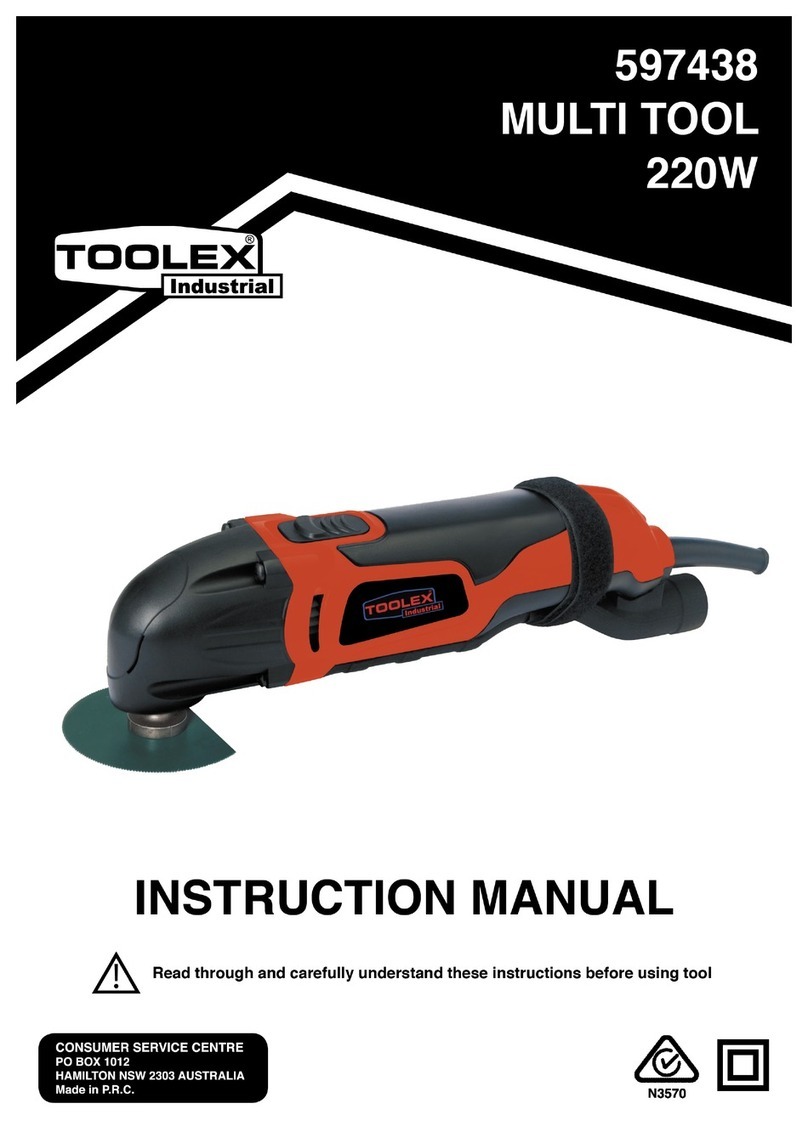
Toolex
Toolex 597438 instruction manual

KRHÜNER
KRHÜNER 80757 instruction manual
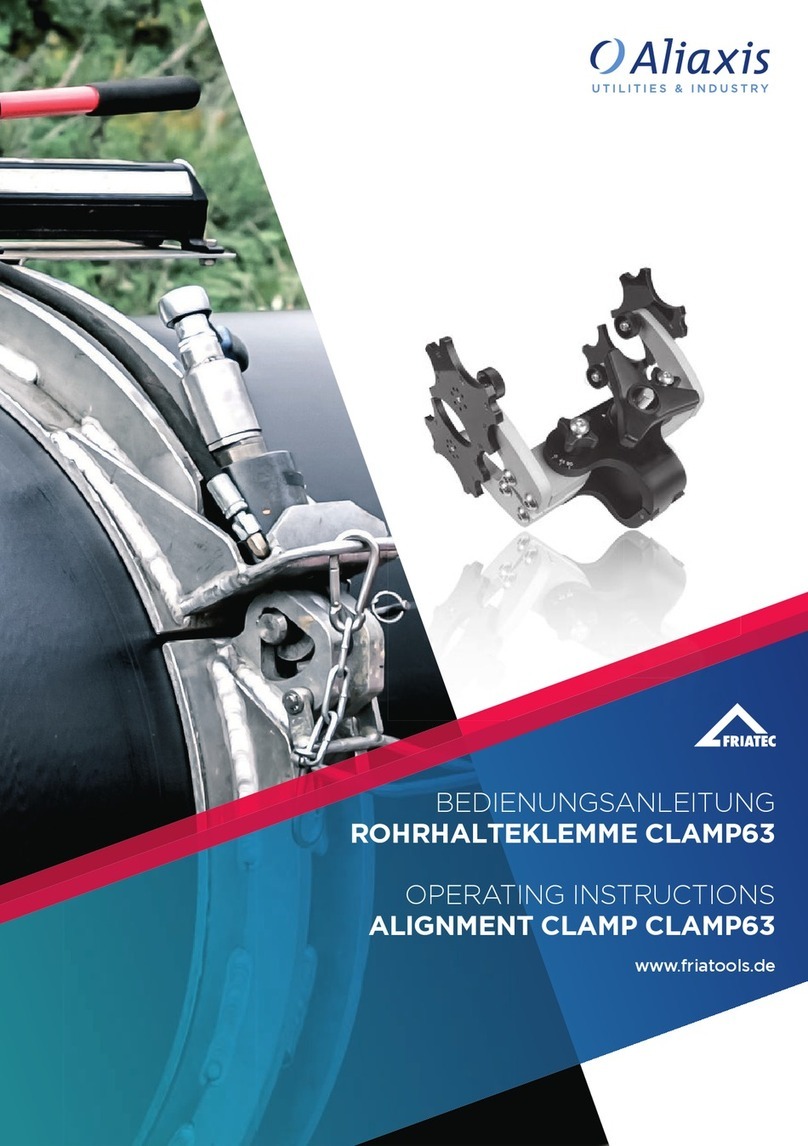
FRIATEC
FRIATEC Aliaxis CLAMP63 operating instructions
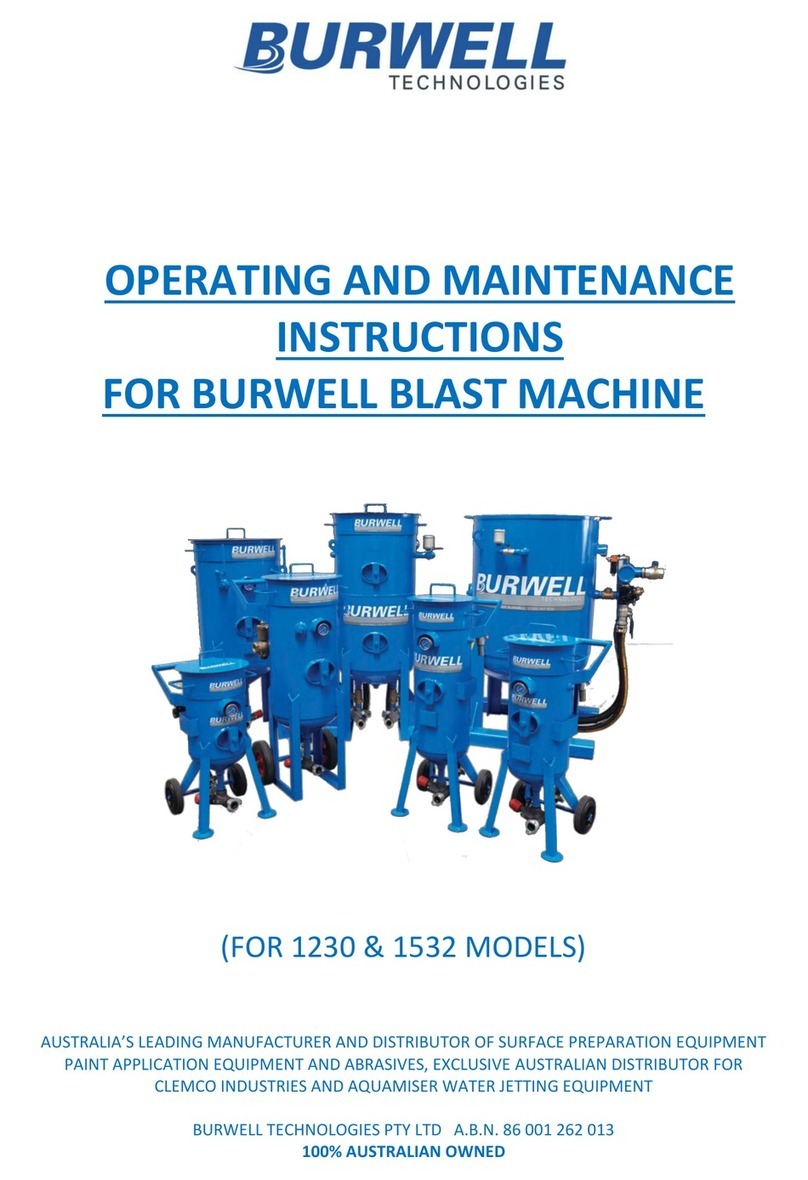
BURWELL
BURWELL 1230 Operating and maintenance instructions
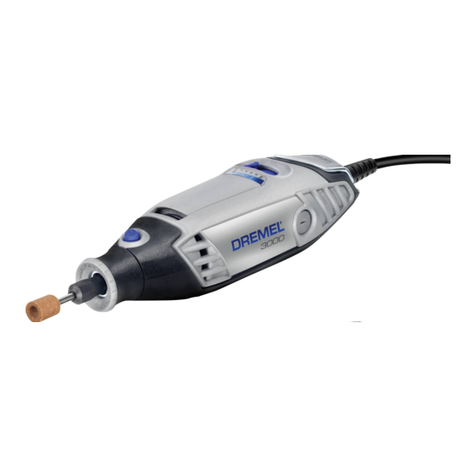
Dremel
Dremel 200 series Original instructions
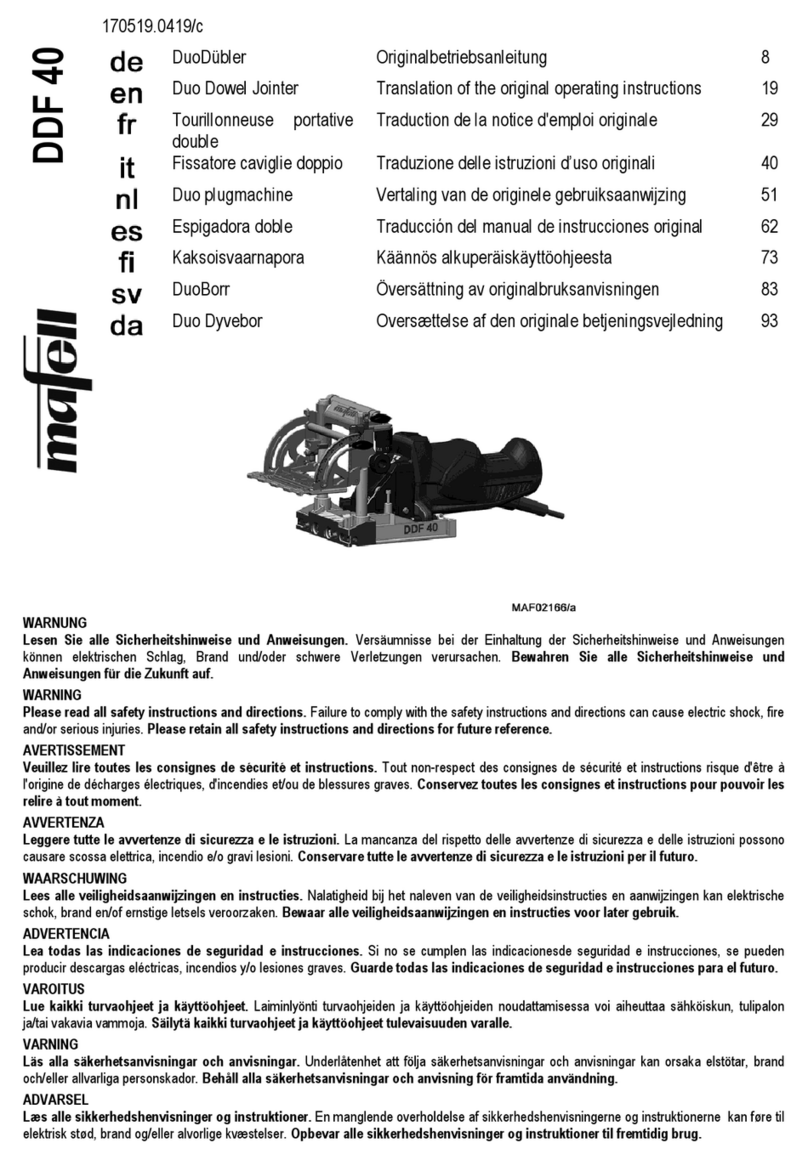
Mafell
Mafell DDF 40 Translation of the original operating instructions
